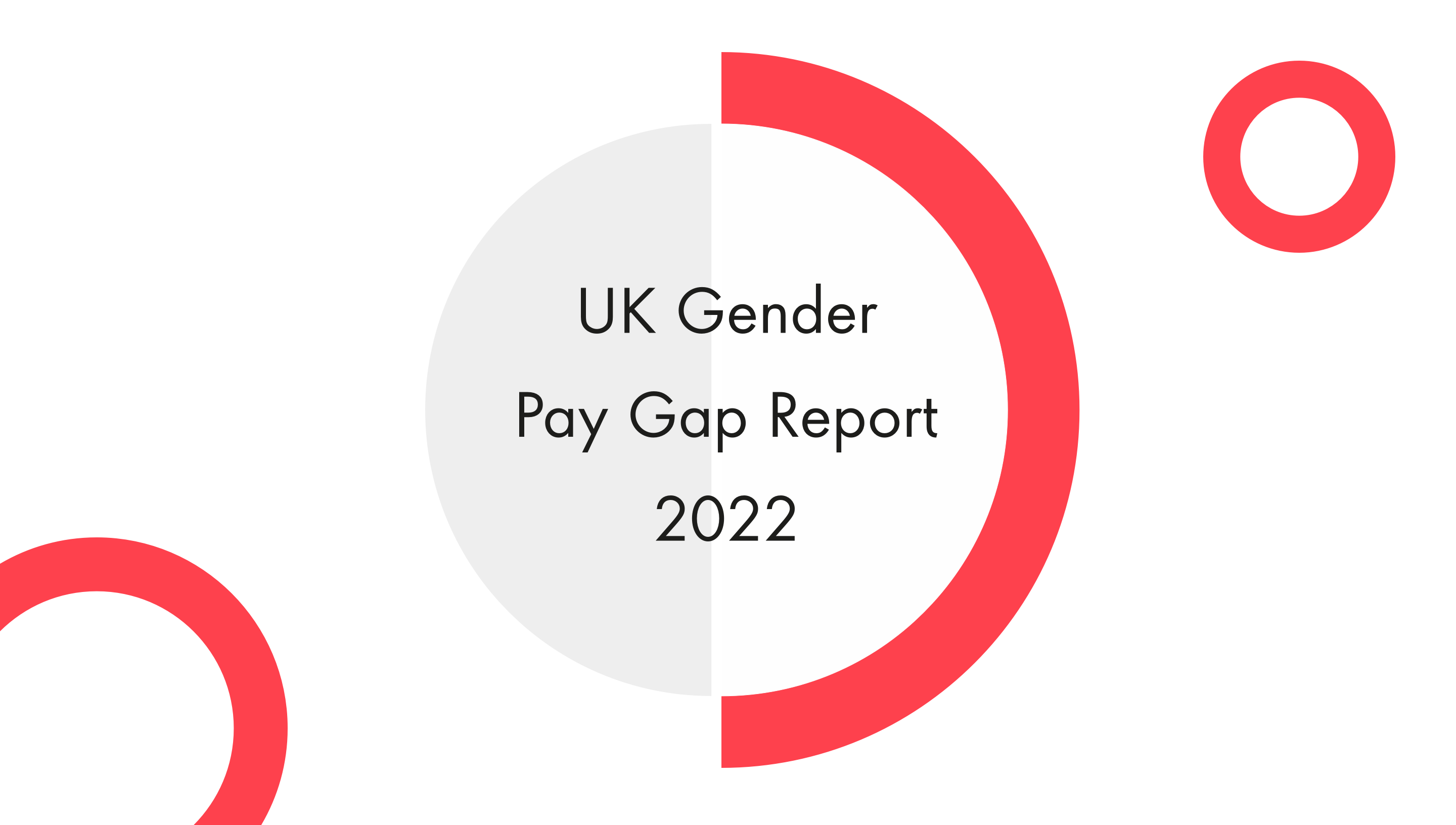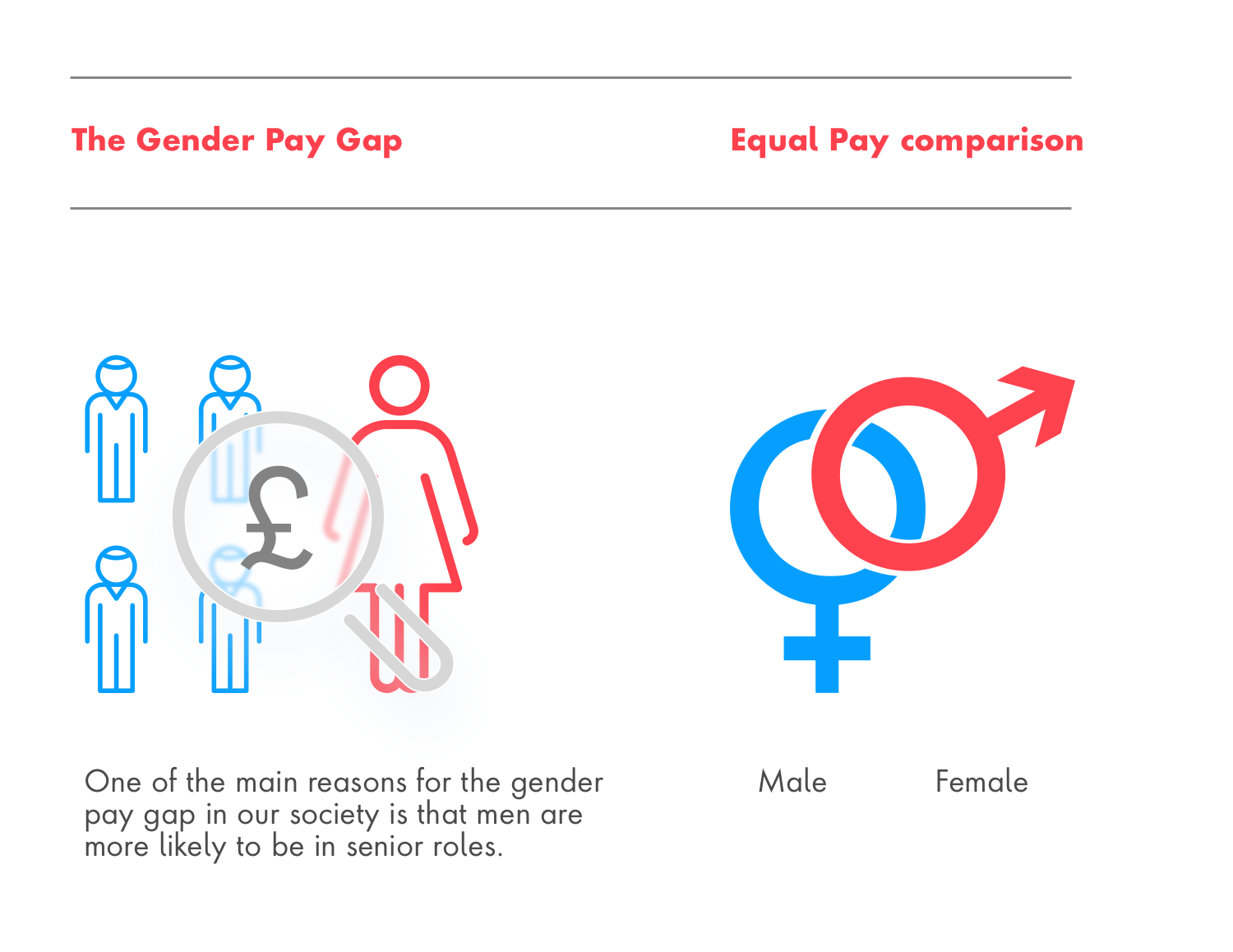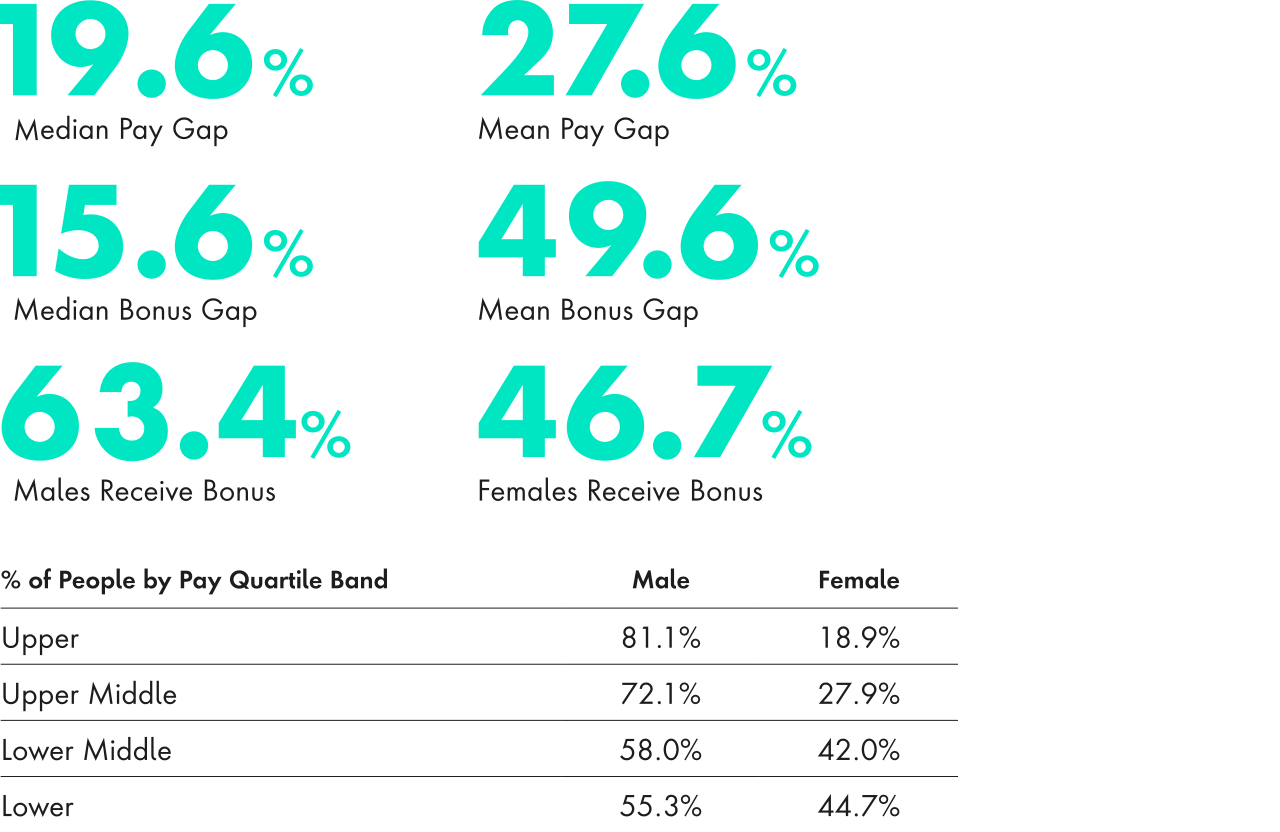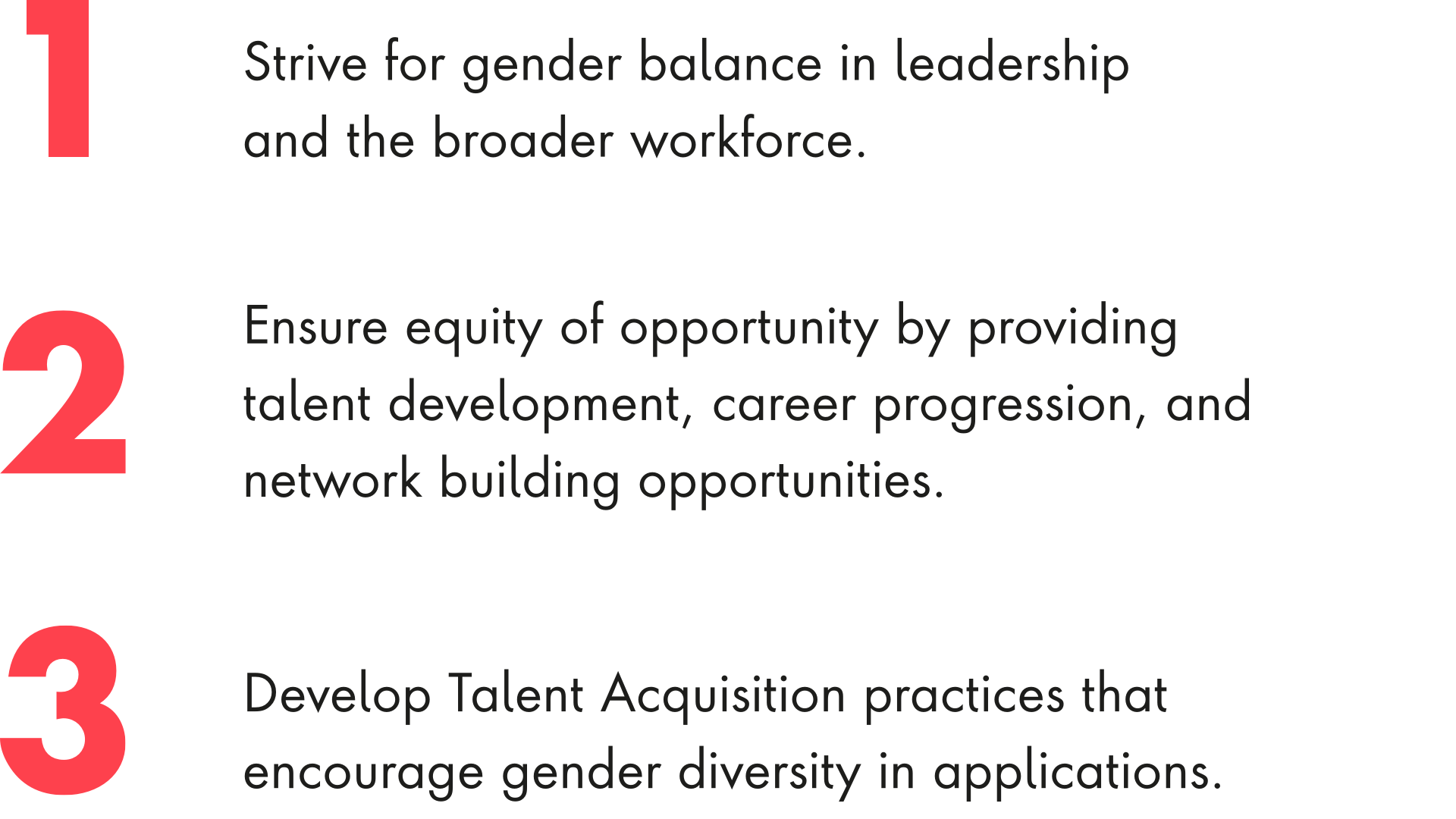What issue can we solve for you?
Type in your prompt above or try one of these suggestions
Suggested Prompt



Publicis Sapient welcomes the opportunity to report our U.K. gender pay gap information in line with The Equality Act 2010 (Gender Pay Gap Information) Regulations 2017. Under this new U.K. legislation, employers with more than 250 employees are required to publish their gender pay gap in relation to their U.K. employees.
Publicis Sapient Statement
Our Diversity, Equity and Inclusion ambition at Publicis Sapient is that, “DEI is who we are, not just what we do. We inspire a sense of belonging, where our people can truly thrive, prosper, and drive positive change to create extraordinary impact.”
This ambition is part of our evolved DEI strategy, a collaboration between our community networks, graduate cohorts, multiple stakeholder groups and leadership teams across the UK and EMEA; and driven by our core values around Inclusive Collaboration and Learning Mindset.
We are committed to creating extraordinary impact for our people, clients, communities and stakeholders; and have clear objectives in order to develop an inclusive culture of equity and social justice, so that all our people feel they belong.
The annual Gender Pay Gap Report is a valued opportunity to review the progress we are making against our key success measures and we recognise that we are on a journey and have more to achieve to realise our ambition.
Our utmost priority is to create a diverse and inclusive culture where all people can thrive.

The Gender Pay Gap results at a glance
The gender pay gap is the percentage difference in average pay between men and women across an organisation. This is calculated for all employees regardless of their levels and whether they are full time or part time. This is different from equal pay, which is defined as “the right for men and women to be paid the same when doing the same, or equivalent, work” (Equality Act, 2010).
In other words, a gender pay gap does not mean women are paid less than men for doing the same or equivalent job or work, but it does reflect the mean and median pay gap due to reasons such as representation and distribution of men versus women across levels, especially if there are more men occupying higher paying roles based on level or skillsets that pay a premium.
Below is a detailed view of both the median and mean average pay and bonus gap and the % of representation by pay quartile bands for Publicis Sapient, all calculated as per Government guidelines.

Progress in 2022
- In 2022 we reduced the overall bonus pay gap on median by 15.51% (31.1% last year) and 8% reduction on the overall mean bonus gap (57.6% last year).
- Since 2018, our median (midpoint) pay gap has reduced by 5.0% and we have made steady progress. Last year, as economies opened up after the pandemic, we remained stable and our numbers were similar to 2021. Gender balance shifts and associated pay gaps is a long term change and we are actively working towards driving these shifts. In 2022, the UK Median pay gap for all employees is at 14.9% (Office of National Statistics). In the technology and consulting industry the gender pay gap is at 16% and it is currently estimated that only 26% of the UK technology workforce are women.
- In 2022, we saw close to 2% improvement in our gender representation in the UK with focussed efforts on hiring diverse talent and promoting from within.
- We are proud to see a 42% increase in women promotions compared to the previous year. 41% of those promoted in 2022 were women.
Creating an environment where our people can be happy and thrive is the core of our people strategy. Our five supporting core values underpin our culture: engaging with openness, a learning mindset, inclusive collaboration, partnering for client impact, and embracing the future. Our Core values help us live our purpose by creating an environment that supports opportunity for all and allows everyone to thrive. To create this environment, we continue to focus on inclusive leadership and inclusive mindset. We know that any change we want to enact is a long-term shift requiring systemic change.
What does our gender pay gap data tell us?
We have made some progress but, like many other organisations in this sector, our pay and bonus pay gap is largely due to the lower representation of women in senior roles. While we have been more successful in shifting our gender mix at the more junior levels, this does bring down the average pay for women. However, this is a short term impact and we believe this will help us grow more women into future senior roles.
We are pleased to share that the mean average bonus pay gap between Managers to Directors has improved from the previous years and is currently 14%, a further reduction in the gap from last year by 3%. We still have work to do for more senior levels where the bonus gap exists largely as a result of underrepresentation of female talent at executive career levels in the UK.
Our Commitment
At Publicis Sapient, we remain committed to developing a diverse pipeline of talent, which will enable us to reflect our communities and client-base, and we will continue to:

Initatives that help us deliver on that commitment
Early Careers Programme
Our Early Careers teams have worked hard to attract women to our programmes and our 2022 intake currently stands at 60%. In fact, 43% of all of our total hires across all career levels were women and we have invested to ensure we can build a strong base of diverse talent and grow the talent we have into future leadership roles. We know we have to work hard to ensure we retain this cohort, and have strong career development plans in place for all.
Spring – our career returnship programme
We continue to pilot Spring, our career returnship programme, and are encouraged by the initial feedback from both our people and our leaders on its success. Through this program we have enabled women who were on a career break to rejoin the workforce. We have had a personalized enablement plan to equip them on this journey.
Well-Being, Enhanced Policies and Benefits
The well-being of our people and communities has been a big focus. We introduced shorter work weeks through summer under our Friday Free@Three initiative. Our hybrid working and embedding that in our ways of work have helped create more flexibility to manage work and individual needs.
We also continue to enhance our benefits and policies that are focused on the well-being and health of our people by offering support and raising awareness on topics such as menopause, or through partnerships such as Work+Family. Using this benefit, our people can access emergency childcare, backup adult & elder care, ongoing care, and expert advice on work and family issues.
Sponsorship & Development programmes for Women
Our Rise Women Sponsorship Programme for global leaders continues to go from strength to strength and 54% of the total women who were promoted (Director and above) were part of this or other sponsorship programs. Our mentorship programs have also been very encouraging in terms of feedback and opportunities to network and expand influence.
Our Business Resource Groups like VivaWomen! and Embrace are inspiring and empowering women to achieve their potential and have helped shape and support the community through the events, awareness and connection discussions. The PS Women’s Developers Group has also been created and led by our women developers to cultivate an inclusive environment and encourage those who identify as women to advance their skills and leadership potential through providing visibility, community, and support.
Listening & Leadership Advocay
In 2022, we worked with DEI partners on implementing inclusive leadership programs to drive awareness on the need for change, and also built leadership advocacy through more listening and authentic dialogue using safe space conversations, surveys, interviews and audits. This has helped further shape our strategy and strengthen our commitment.
Recognition of our efforts in DEI
We are also proud to share that in the EMEA Vault Consulting Ranking 2023, Publicis Sapient was ranked #8 overall and scored #1 in Diversity, #1 in Worklife balance, #2 in Innovation and #4 in Firm Culture. We continue to strive to build a great place to work where DEI is who we are, not just what we do, and our main focus is progressing this ambition.
FAQ and Definitions
What is the gender pay gap?
The gender pay gap is the difference in average and median hourly earnings between men and women. This is calculated by looking at all employees’ salaries across an organisation, regardless of their job role or level. Gender pay gap reporting was introduced in April 2017 for organisations with more than 250 employees at the snapshot date (5 April each year).
Does a gender pay gap mean an equal pay issue?
No. Gender pay is different to equal pay which is defined as “the right for men and women to be paid the same when doing the same, or equivalent, work”. It is illegal to pay people differently for the same or equivalent work because of their gender and has been since the Equal Pay Act was introduced in 1970.
Why do we have a gender pay gap?
A gender pay gap can be caused by a number of factors such as having more men than women in high earning roles or more women working part-time.
What is the reporting period?
The salary data is taken from a snapshot of payroll on 5 April 2022 and the bonus data covers the 12 months leading up to that date.
Which employees are included in this report?
The figures cover all employees who have a permanent or fixed term contract (full or part time) and are paid through our payroll system. The data does not cover employees who are being paid a reduced rate or not being paid due to being on maternity, paternity, adoption, shared parental leave or an unpaid sabbatical for example).
How have you calculated bonus payments?
Bonus calculations include the performance bonus for those eligible and other commission
bonus payouts.
What is the median pay gap?
This is calculated by listing all employees’ hourly pay from highest to lowest, and then comparing the midpoint (the numbers that fall in the middle) for men with the midpoint for women. The difference between the two is the median pay gap, shown as a percentage.
What is the mean pay gap?
This is calculated by adding up all employees’ hourly pay and dividing it by the number of employees. The pay gap is the difference between the mean (average) figures for men and for women, which is reported as a percentage.
What is the bonus gap?
The mean and median bonus gaps are the difference between the mean and median bonus pay received by male and female employees in the 12 months ending on 5 April 2022. This applies to all employees, even if they’re not in full pay on the snapshot date. We also report on the percentage of male and female employees that receive a bonus in the year.
What is a pay quartile?
Employers must sort their full pay employees into a list based on hourly pay, in highest to lowest order, and then split this list into four equal parts which shows how many men and women fall into each of the pay quartiles.






